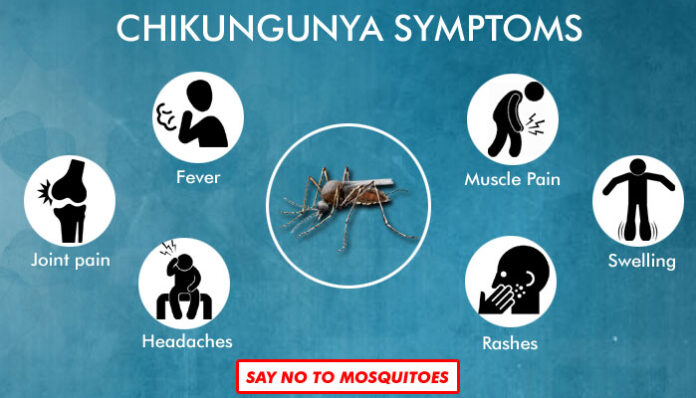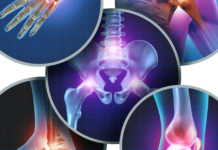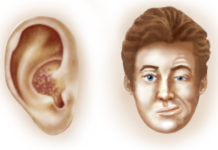The Chikungunya virus (CHIKV) is the primary cause of Chikungunya, a viral infection that primarily infects humans through mosquito bites, especially those of the Aedes aegypti and Aedes albopictus species. In tropical and subtropical regions, where the virus is common, outbreaks may happen in areas with these mosquitoes.
Symptoms:
Chikungunya usually manifests symptoms two to twelve days following a mosquito bite. Frequent signs and symptoms include fever that comes on suddenly, rash, headache, nausea, muscle and joint pain, and fatigue. Joint pain can be extremely uncomfortable and is frequently severe, lasting weeks or months at a time.
Transmission:
The main way that chikungunya is spread is by mosquito bites. Human-to-human transmission can happen via blood transfusions, organ transplants, and, very infrequently, intimate contact with infected people. Blood transfusions can also happen during childbirth, when a mother gives birth to a newborn.
Mosquito Vectors:
The main mosquito species that transmit Chikungunya are Aedes aegypti and Aedes albopictus. Zika and dengue are among the other viruses that these mosquitoes are known to spread.
Treatment:
Chikungunya does not have a specific antiviral medication; instead, symptom relief is the main goal of management. It’s common advice to take anti-inflammatory medications, painkillers, and plenty of water.
The One Health concept acknowledges the interdependence of the health of humans, animals, and the environment. Like many other infectious diseases, chikungunya must be effectively controlled and prevented through a multidisciplinary strategy involving cooperation between the environmental agencies, the human and animal health sectors, and other agencies.
































